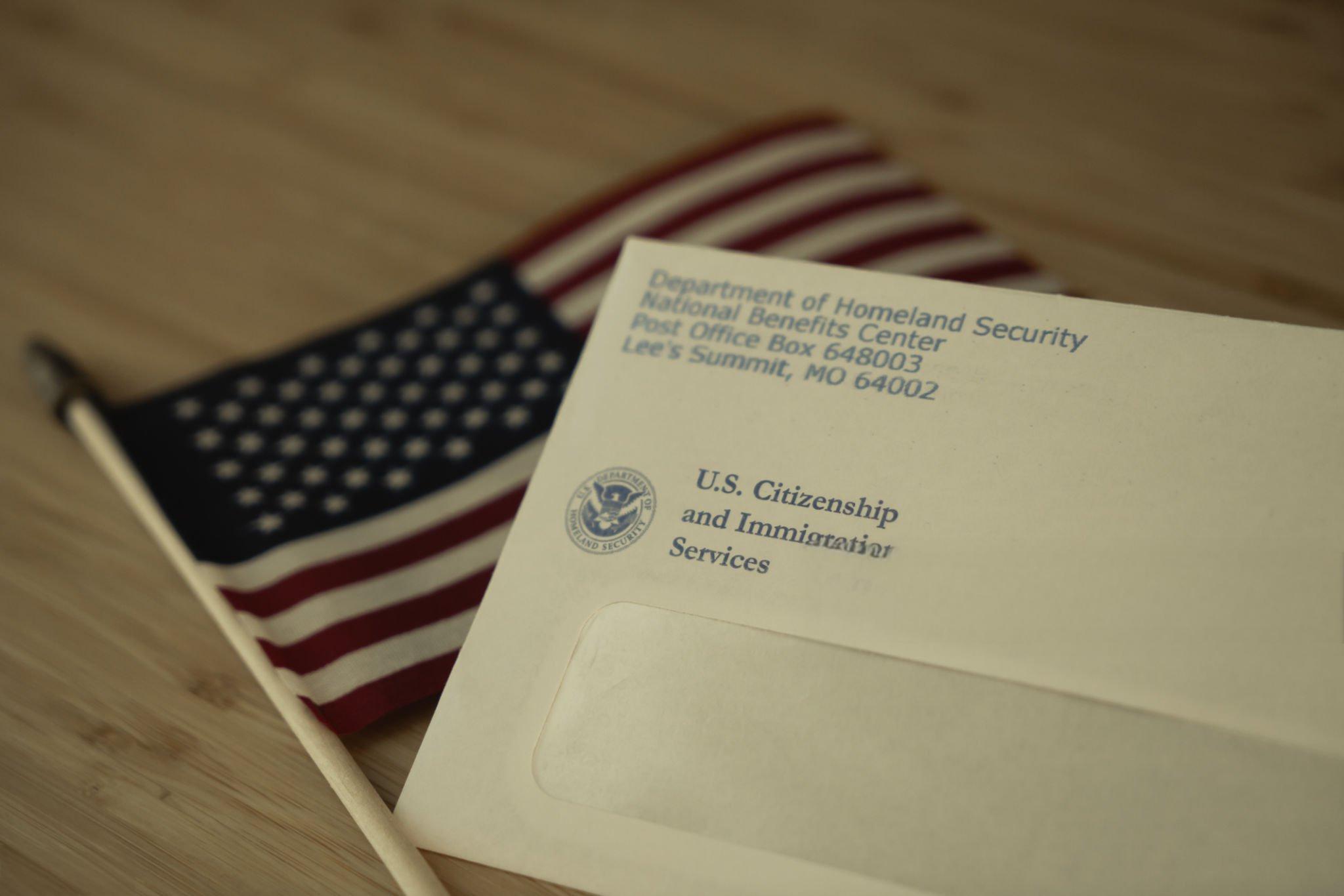The global entertainment landscape is increasingly shaped by bite-sized content, and short comedic dramas have carved out a significant niche, particularly on platforms like StoReel. These snippets of hilarity, often originating from China, offer a rapid-fire dose of amusement. However, the very essence of their appeal—their humor—presents a formidable challenge for global dissemination: translation. Making a joke land across linguistic and cultural divides isn't just about swapping words; it's an intricate art of cultural adaptation and comedic reconstruction.
At the heart of the challenge lies the inherent specificity of humor. Chinese comedic short dramas frequently leverage wordplay, puns, and culturally entrenched idioms that simply don't have direct equivalents in English. Consider a scene where a character misinterprets a common Chinese proverb, leading to a ridiculous outcome. A literal translation would leave an English-speaking audience bewildered, devoid of the necessary cultural context to grasp the comedic misstep. The translator's task then shifts from fidelity to reinvention. For instance, a popular comedic trope in Chinese short dramas involves characters with names that are homophones for humorous or ironic phrases. Translating this requires an equivalent English name that can be similarly twisted or misinterpreted for comedic effect. This isn't about finding a direct lexical match, but rather a functional equivalent that elicits a similar laugh. The humor isn't in the specific sounds, but in the auditory playfulness and the character's reaction to it. Beyond wordplay, situational comedy in Chinese short dramas often relies on specific social norms, historical references, or even pop culture phenomena that may be entirely unfamiliar to a Western audience. A joke about a "tiger mom" might resonate deeply within a Chinese context, but without sufficient cultural framing, it might lose its punch or even be misconstrued by an international viewer. Translators must identify these culturally specific cues and determine if they can be universalized through careful phrasing or if they need to be replaced with a more globally recognizable scenario.
The graveyard of failed comedic translations is littered with culturally specific jokes that simply fell flat. One common pitfall is over-explanation. While context is crucial, bogging down a punchline with lengthy footnotes or expository dialogue kills the comedic timing. Humor thrives on immediacy and surprise; an explained joke is rarely a funny one. Another frequent misstep is the literal translation of slang or pop culture references. A phrase that's hilariously absurd or widely understood as ironic in Chinese can sound nonsensical or even offensive when directly translated into English. Imagine a Chinese character making a quip about "eating a big melon" (吃瓜), a common internet slang term for gossiping. A literal translation would baffle an English speaker, whereas a localized equivalent might be "spilling the tea" or "getting the lowdown," maintaining the essence of the gossip without being nonsensical. The risk extends beyond mere incomprehension to unintended offense. What's considered lighthearted teasing in one culture might be seen as deeply disrespectful in another. Translators must possess not only linguistic prowess but also a profound understanding of both the source and target cultures to navigate these sensitivities and avoid alienating the audience.
Successfully translating comedic short dramas demands a strategic approach centered on identifying and amplifying universal humor cues. While cultural nuances exist, certain comedic principles transcend borders. Physical comedy—slapstick, exaggerated gestures, and pratfalls—is often universally understood and can bridge linguistic gaps. A character slipping on a banana peel elicits a laugh regardless of language. Translators can highlight and even subtly amplify these visual cues in their localized scripts. Relatability also plays a key role: Jokes about everyday frustrations, universal human experiences, or common personality quirks often resonate globally. A character's exasperation with bureaucracy or their awkwardness in social situations can be understood and appreciated by diverse audiences. The key is to find the core human emotion or experience that the joke taps into. Surprise and misdirection, too, are powerful tools—the unexpected twist, the clever reversal of expectations, or the sudden revelation of a character's true intentions work across cultures. Translators can focus on maintaining the narrative surprise of the original joke, even if the specific setup needs to be adapted. And while specific manifestations differ, archetypal comedic characters—the bumbling idiot, the know-it-all, the perpetually unlucky individual—have broad appeal. Translators can ensure that the core personality traits of these characters remain consistent and recognizable to a global audience.
The role of the translator in this context goes beyond mere linguistic conversion; it transforms them into a cultural cartographer, mapping humor from one cultural landscape to another. This often involves transcreation—rather than direct translation, recreating the humor in a way that is culturally appropriate and equally impactful in the target language. This might mean completely rewriting a joke to achieve the same comedic effect, even if the literal meaning is altered. Adaptation of references is another key step: replacing culturally specific references with more globally recognized or relatable alternatives. For example, a reference to a specific Chinese celebrity might be replaced with a generic "pop star" or even a globally recognized figure if the comedic effect is similar. Translators can also enhance visual gags—sometimes, the visual humor in a short drama is not fully supported by the dialogue, so subtle enhancements in the translated script can draw attention to these moments, ensuring they don't go unnoticed. Maintaining pacing and rhythm is crucial too; comedic timing relies on it, so translators must ensure that the translated dialogue keeps the original’s rhythm, allowing punchlines to land without feeling rushed or drawn out.
Ultimately, the true test of a comedic translation lies in its ability to make people laugh. This is where focus groups and audience testing become invaluable. Presenting translated short dramas to diverse groups of target language speakers can reveal whether the humor successfully translates or if adjustments are needed. Observing audience reactions—laughter, confusion, silence—and soliciting qualitative feedback on specific jokes provides crucial insights: Do they understand the reference? Do they find it funny? Why or why not? While harder to measure for humor, some platforms might track engagement metrics or "laugh track" data to gauge audience response. Translation of humor is rarely a one-and-done process; it's an iterative cycle of translation, testing, refinement, and re-testing until the desired comedic effect is achieved.
In conclusion, translating humor in comedic short dramas is a complex yet fascinating endeavor. It demands not just linguistic fluency but also a deep understanding of cultural nuances, an appreciation for comedic timing, and a willingness to reinvent rather than merely replicate. As platforms like StoReel continue to globalize content, the art of making laughs travel worldwide will only become more vital, turning skilled translators into architects of cross-cultural amusement. Their success will determine whether the next viral short drama elicits chuckles or crickets from its global audience.











